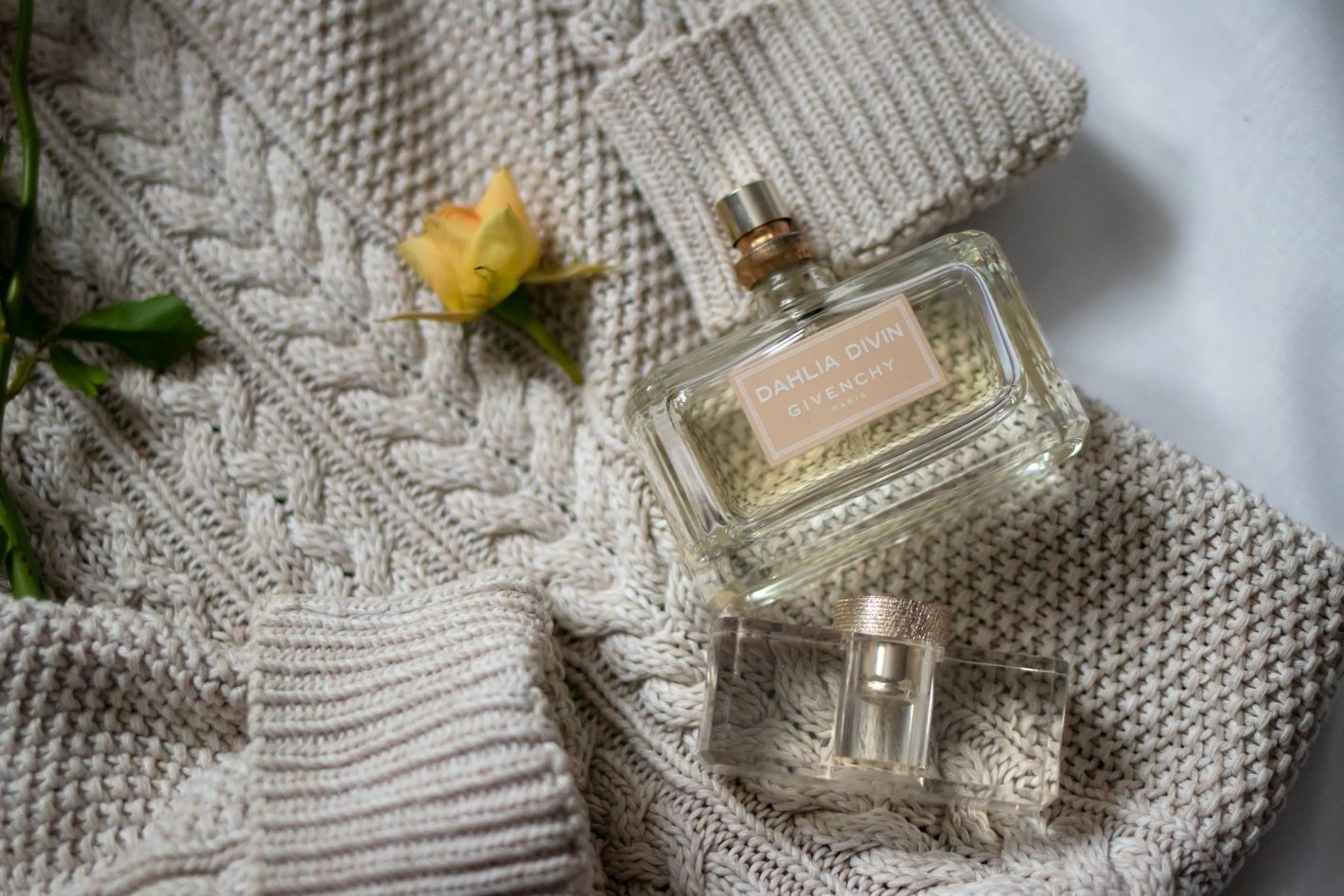When we learned of Hubert de Givenchy’s passing, it aroused our interest in learning more about the iconic French designer and his continuing effect on the world of fashion. Most articles emphasized his legendary friendship and cooperation with Audrey Hepburn – and that iconic “little black dress” from Morning at Tiffany’s – but didn’t delve any deep.
As a result, we initiated our own assessment. Givenchy was a fashion rebel comparable to Picasso, and his influence was so strong that he actually revolutionized the way we dress today. So, let’s have a look at how Givenchy has changed the way of our clothing understanding.
A dressmaker’s equivalent of Picasso
House Givenchy first appeared in the Paris fashion starting in the early 1950s, quickly earning a name for itself with a bold, avant-garde perspective to women’s clothes. While adventurous fashion designers appreciated Givenchy’s unique forms and strange materials, his sense of style made it much harder for others.
Givenchy was described as a creative interpreter of the young spirit” in 1957, and his work was frequently misconstrued. Givenchy’s artwork, like comparable exploration in painting, building, sculpture, music, and poetry, seeks new shapes and patterns to reflect the current spirit.
Givenchy, who actually found inspiration in material, was a 20th-century artist who was inspired by studying and questioning the attributes of his materials and media.
He was inspired by the fabric. He said: “Every now and then, I’ll take a piece of fabric and leave it in front of me for a day, two days, and immediately I’m thinking.” “Every now and then, I attempt to make something out of the cloth.”
Taub referred to this as an “intellectual approach,” meaning, like the artists who were more concerned with the process of painting than with reflecting the natural environment.
His outfits were more about challenging tradition and creating abstract forms than about complementing women’s physique, earning him the moniker “dressmaker’s version of Picasso.”
A major “change” in women’s clothing
So, what types of shocking shapes did Givenchy include in his outlandish couture? Interestingly, one of the most divisive designs he welcomed in his creations was the shift dress, commonly known as a chemise and cut to fall directly down from the shoulders.
The chemise is today known as a classic kind of clothing that is a wardrobe staple for many women, yet it was groundbreaking in 1957. There was no waistline on the dress!
Almost any new trend generates a lot of enthusiasm, criticisms, and, of course, that one moved on to become a mid-century norm.
Swanson, then in her 30s and “beyond the junior level,” was “personal proof that the barrel chemise is appropriate for someone only barely over 5 feet tall, although the conventional critique has been that they are only appropriate for the tall and youthful.”
“I adore them because they’re the first truly new clothing we’ve gotten in ten years,” Swanson told media. “Until these short chemises came out, I had no desire to acquire new clothing.”
Putting together a clothing piece by piece
Another way Givenchy changed the way women dressed was by popularising women’s separates – distinct items of clothing that could be changed around and worn combined – which is today how all men and women shop for apparel and outfit.
Givenchy felt that blouses, skirts, and blazers might be blended – a pretty much unheard point of view in the early 1950s.
Givenchy saw fashion as a kind of ornamentation as same as you try to choose the carpet, the drape, and the sofa, and it’s very intriguing.
Givenchy debuted one of his most iconic hallmark pieces, the Bettina blouse, in 1952, with his very first collection.
This was a tremendously famous white poplin shirt with enormous ruffled sleeves and eyelet adornments, named after his early idol, model Bettina Graziani.
Bettina variations have returned in Givenchy and other designers’ designs over the years. In 2001, fashion photographer Bill Cunningham for The New York Times4 presented numerous modern versions, largely in “diaphanous organdy,” including “street variants,” “luncheon variants,” and “two sheer gems” from Saint Laurent.
Givenchy first presented separates cut from inexpensive pieces of cotton because he could not really afford premium fabrics, according to Cunningham. The store purchasers disregarded his offer as a passing fad, but in reality, it was foresight into what would unfold 40 years later.
Summing it up!
Celebrity scents and LBDs may appear to be commonplace in the fashion business and on the catwalk, but little did you realize that it was all due to him. Givenchy was a global sensation. Givenchy is remembered as the pioneer of pleasing and subtle grace, a style summed up by a slogan he shared with his school, Balenciaga: “Make it simple, make it pure.”

